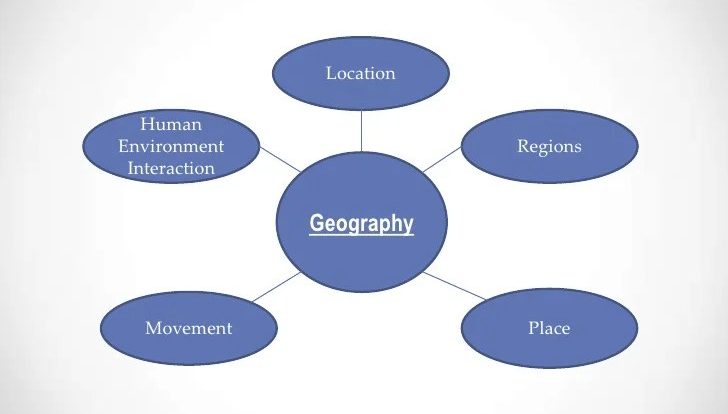Quiz 3 uses of geography – Quiz 3: Uses of Geography embarks on an enthralling journey into the multifaceted world of geography, unraveling its profound significance in shaping our understanding of the world around us. From its role in fostering critical thinking to its impact on decision-making and problem-solving, this quiz delves into the captivating ways geography shapes our lives.
As we navigate through this quiz, we will uncover the diverse applications of geography in various fields, from education to technology. Prepare to be amazed as we explore how geographical knowledge empowers us to make informed choices, address complex issues, and harness the potential of technology for a more sustainable and equitable future.
Importance of Geography in Education: Quiz 3 Uses Of Geography
Geography plays a pivotal role in shaping students’ understanding of the world. It provides a comprehensive framework for comprehending the interrelationships between human societies and their physical environments. Through the study of geography, students develop critical thinking and problem-solving skills, fostering global citizenship and cultural awareness.
Critical Thinking and Problem-Solving, Quiz 3 uses of geography
Geography encourages students to analyze and interpret spatial data, identify patterns, and make informed decisions. By examining maps, graphs, and other geographical tools, they learn to think critically and develop logical reasoning skills. Geography also presents real-world problems, such as climate change and urbanization, challenging students to apply their knowledge and propose innovative solutions.
Global Citizenship and Cultural Awareness
Geography fosters an understanding of different cultures and perspectives. By studying the distribution of people, resources, and environments around the world, students gain insights into the diversity of human experiences. Geography promotes empathy and tolerance, encouraging students to recognize the interconnectedness of global communities and the importance of responsible global citizenship.
Geography in Decision-Making
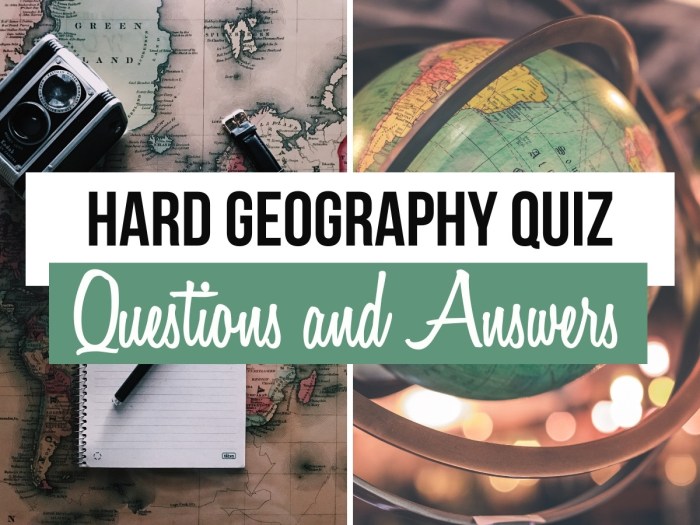
Geography plays a crucial role in decision-making across various fields, providing valuable information and insights that shape choices and strategies.
Businesses, governments, and individuals rely on geographical data to make informed decisions, ranging from site selection to disaster preparedness and resource management.
Businesses
- Market analysis:Understanding the geographical distribution of customers, competitors, and resources helps businesses identify target markets, optimize distribution channels, and plan marketing campaigns.
- Site selection:Geographical factors, such as transportation infrastructure, labor availability, and proximity to markets, influence business decisions on where to locate facilities, offices, and distribution centers.
- Supply chain management:Geography plays a vital role in optimizing supply chains, considering factors such as transportation costs, supplier locations, and potential disruptions.
Governments
- Urban planning:Geographical data is used to design and manage cities, considering factors such as population density, land use, and infrastructure needs.
- Disaster management:Geographical information systems (GIS) help governments prepare for and respond to natural disasters, such as hurricanes and earthquakes, by identifying vulnerable areas and developing evacuation plans.
- Environmental policy:Geography provides insights into the distribution of natural resources, pollution levels, and climate change impacts, informing environmental policy decisions.
Individuals
- Home buying:Geographical factors, such as neighborhood amenities, school quality, and crime rates, influence individual decisions on where to purchase a home.
- Travel planning:Geographical knowledge helps individuals plan efficient travel routes, consider local customs, and navigate unfamiliar areas.
- Personal safety:Understanding geographical patterns of crime and natural hazards helps individuals make informed decisions about their safety and well-being.
Ethical Implications:
While geographical data provides valuable insights, its use in decision-making raises ethical considerations. Data privacy, algorithmic bias, and the potential for discrimination must be addressed to ensure equitable and responsible use of geographical information.
Geography in Problem-Solving
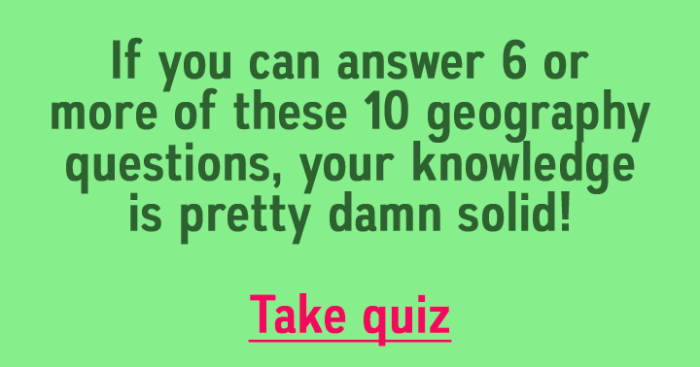
Geography provides a unique lens through which we can understand and address real-world challenges. Its comprehensive knowledge of Earth’s physical and human landscapes empowers us to identify patterns, analyze interconnections, and develop innovative solutions to pressing issues.
Environmental Issues
Geographical knowledge plays a crucial role in tackling environmental problems. Geographers study the distribution of natural resources, the impact of human activities on ecosystems, and the consequences of climate change. This knowledge informs policy-making, land-use planning, and conservation efforts.
Urban Planning
Geography helps planners design sustainable and livable cities. By understanding the spatial distribution of population, infrastructure, and services, geographers can optimize urban layouts, improve transportation systems, and create green spaces that enhance the well-being of residents.
Social Justice
Geography sheds light on social inequalities and disparities. Geographers examine the distribution of poverty, access to education and healthcare, and the impact of discrimination on marginalized communities. This knowledge supports policies that promote equity and social justice.
Geography’s interdisciplinary nature fosters collaboration with other fields such as economics, sociology, and environmental science. This collaborative approach enables a comprehensive understanding of complex problems and the development of holistic solutions.
Geography in Visual Communication
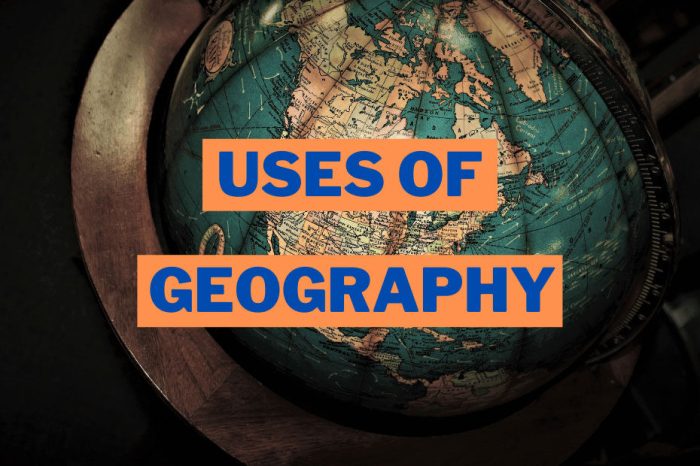
Maps and other visual representations play a crucial role in communicating geographical information effectively. They allow us to visualize complex data, identify patterns, and make informed decisions.
Maps for Data Visualization
Maps are powerful tools for conveying complex geographical data. By representing data visually, maps make it easier to understand the distribution, patterns, and relationships between different variables. For example, a choropleth map can show the variation in population density across a region, while a heat map can illustrate the intensity of a phenomenon, such as crime rates or traffic congestion.
Maps for Decision-Making
Maps are also essential for decision-making. By providing a visual representation of the geographical context, maps help decision-makers understand the potential impacts of their choices. For instance, in urban planning, maps can be used to assess the suitability of different locations for development projects or to plan transportation networks.
Quiz 3 on the uses of geography is a real head-scratcher, but fear not! Let’s take a quick break and groove to the infectious rhythm of “Cindy and the Disco Ball.” Cindy and the Disco Ball will surely get your feet tapping and your mind relaxed.
After this delightful diversion, we can return to quiz 3 with renewed vigor and conquer those geographical conundrums!
Technology in Geographical Visualization
Technology has revolutionized the creation and dissemination of geographical visualizations. Geographic Information Systems (GIS) allow users to create interactive maps and analyze spatial data. Web mapping platforms, such as Google Maps and ArcGIS Online, make it easy to share and collaborate on geographical information.
These technologies have made geographical visualizations more accessible and powerful than ever before.
Geography in Technology
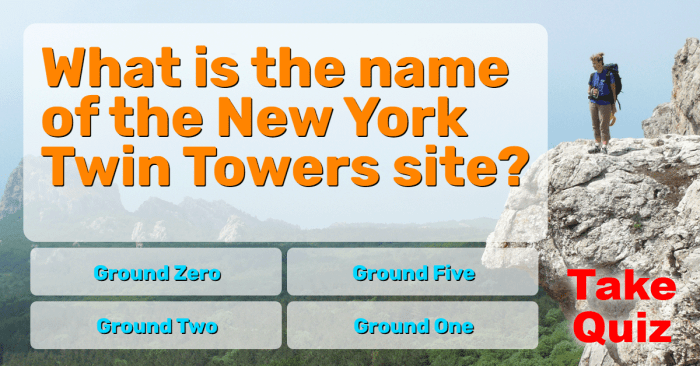
Geography plays a crucial role in the development and application of technology. Geographical data is used in various technologies, such as GPS (Global Positioning Systems), remote sensing, and GIS (Geographic Information Systems).
GPS
GPS relies on geographical data to determine the location of a receiver on Earth. It uses a constellation of satellites that transmit signals containing their positions and the time. The receiver calculates its distance from each satellite and uses this information to determine its own position.
Remote Sensing
Remote sensing involves collecting data about Earth’s surface from satellites or aircraft. This data includes images, measurements, and other information that can be used to create maps, monitor environmental changes, and conduct scientific research.
GIS
GIS is a software that allows users to create, store, and analyze geographical data. It can be used to create maps, perform spatial analysis, and solve complex problems. GIS is widely used in various fields, including urban planning, environmental management, and transportation.The
impact of technology on the field of geography is significant. It has revolutionized the way geographers collect, analyze, and present data. Technology has also opened up new possibilities for geographical research and applications. In the future, technology is expected to continue to play an increasingly important role in geography, enabling geographers to address complex issues and contribute to a more sustainable and equitable world.
Essential FAQs
What is the significance of geography in education?
Geography plays a crucial role in shaping students’ understanding of the world by fostering critical thinking, problem-solving skills, global citizenship, and cultural awareness.
How does geography inform decision-making?
Geographical information provides valuable insights for decision-makers in various fields, including businesses, governments, and individuals, enabling them to make informed choices based on spatial data and analysis.
Can geography be applied to solving real-world problems?
Yes, geographical knowledge is essential in addressing environmental issues, urban planning, and social justice. It provides a framework for understanding the complex interactions between humans and their environment.
